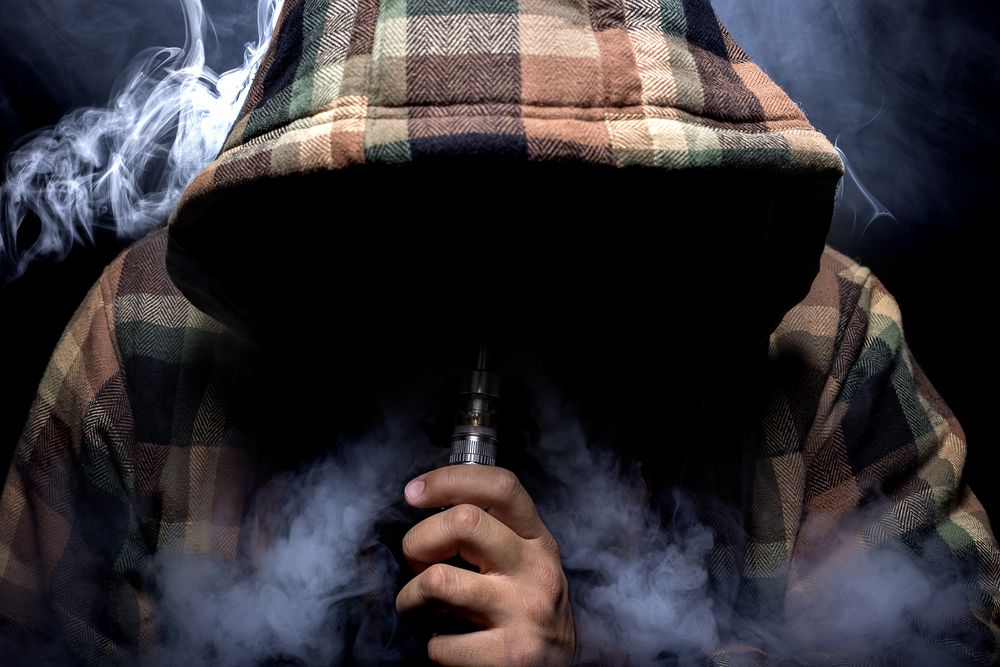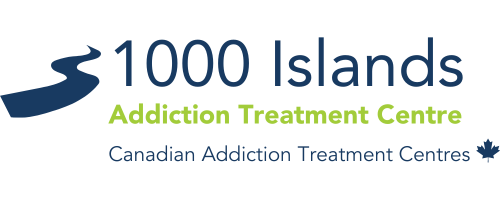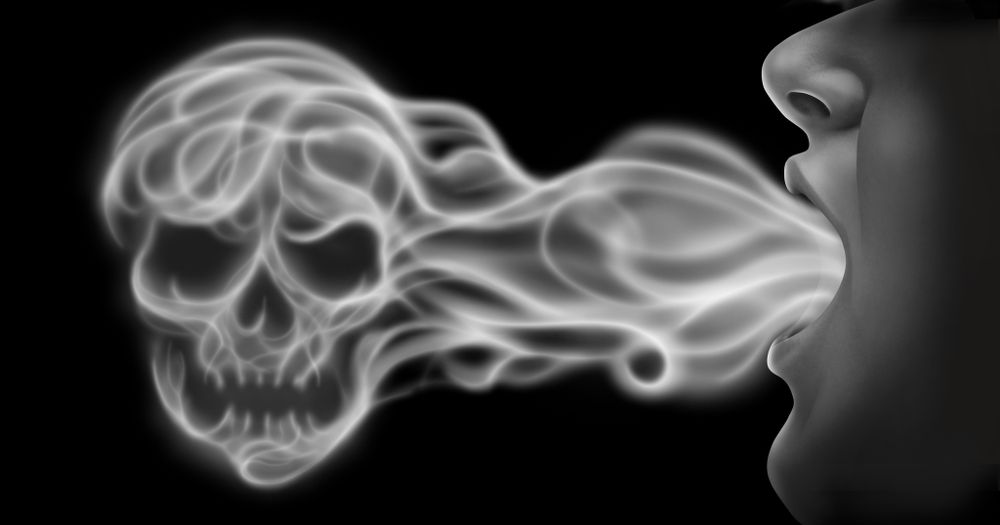
What is Inhalant Addiction: Causes, Signs, Dangers, Treatment
In the current age, drug abuse is rampant among teenagers. Typically, we try to curb the abuse of harmful substances like cocaine. However, the more common danger lies in inhalant addiction.
These involve the use of everyday household items like nail polish and paint. Due to their ease of access, they can be easily abused. Most of the time, you may be focused on hard drugs. This can lead to you missing the signs of inhalant abuse.
Additionally, there aren’t any direct laws that label them as illegal. Hard drugs like heroin and MDMA have laws that render them illegal. However, in the case of inhalant addiction, such laws don’t apply.
Furthermore, the early symptoms of inhalant addiction are brief. This can lead you to shrug off the possible potential danger. In this article, we will discuss the signs and symptoms of inhalant addiction.
You will learn how to identify the addiction early in both yourself and your friends and family. Make sure to seek professional help if you know anyone showing early signs.
What is Inhalant Addiction?
Let’s start with the basics. What is inhalant addiction? This is the misuse of household aerosols and gas propellants etc. to induce intoxication.
The fumes from these inhalants numb the brain and motor functions. This gives a false sense of calm to the user. The effects may seem relaxing, but they aren’t as safe as you think.
Inhalant addiction is constantly growing, particularly in teenagers. They try out these inhalants because they are a cheaper option of getting high.
Some teenagers can be corrected by early inhalant addiction treatment. However, you have to be observant of the misuse of these inhalants on time. Pay attention to the domestic products you buy and use.
Most often, these inhalants have a sweet-smelling odour that can attract you. Paint thinners and acetone give off a very strong and inviting scent. This can be hugely misleading, as the fumes are hazardous for you. You need to make sure that domestic home products are correctly stored at all times. Never leave them out in the open. Try and recognize inhalant abuse once you start getting attracted to these products.
Here is a broad example of different types of potential inhalants.
- Glue
- White Out Fluid
- Propane Tanks
- Paint Removers
- Spray Paint
- Deodorants
- Chloroform
- Whipped Cream Dispensers
- Nail Polish
- Acetone
- Room Deodorizers
All the above examples and more are possible triggers for inhalant addiction. Get familiar with them now so you can be cautious in the usage of these items.
Causes of Inhalant Addiction
We have discussed the definition of inhalant addiction. Next, we are going to talk about the causes of this addiction.
Availability
One of the prime causes of inhalation is the availability of materials. A lot of common household items like glue and paint are a must-have. These items are necessary for the home. However, their presence can be risky for you and your family.
Affordability
Not only are these items available, but they are also cheap to get. Due to their necessity, you can easily buy a bottle of bleach or whipped cream without questioning. Compared to the expensive nature of hard drugs, these items can be purchased with ease.
Peer Pressure
Teenagers often strive to look cool to their mates. Therefore, a lot of them succumb to the latest trends among their peers. Once a couple of “cool” kids partake in inhalant addiction, others may join as well. Seek inhalant addiction treatment urgently for any teenager you suspect.
Escape from reality
Similar to the reason people take hard drugs. Inhalants can offer you with a false sense of release and reward. The fumes can dull your senses and give you a form of relief. However, such relief comes with heavy consequences.
Signs of Inhalant addiction
Unlike hard drugs or alcohol, inhalants can disappear shortly after use while their effects happen internally. Your teenager may hide their spray cans or paint cans. Regardless these are a few signs to help you note signs of inhalant abuse.
Some of the early signs of inhalant addiction are:
- Anxiety
- Runny nose
- Paint odour on body
- Mouth sores
- Redness of eyes
- Loss of appetite
- Unusual breath smell
- Paint stains on fingers
- Daze and confused appearance
- Slurring of speech
- Hoarding of aerosol cans
- Staggering while walking
- Unexplained mood swings
Some of these symptoms may originally seem more associated with alcoholism. But you need to keep a keen eye for the symptoms of inhalant addiction as well. Some of these are hallucinations, apathy, impaired judgment, depression etc.
Related article: Quitting Inhalant Addiction Safely
How Inhalants Are Used
You also need to know how these inhalants are used. This will help you identify the addiction faster once you begin to suspect.
- It can be sprayed directly from the container onto the face
- It can be soaked in a rag and placed on the face
- It can be rubbed on fingernails and sniffed
As noted above, the method of usage is straightforward. You will need to pay attention to the clothes and accessories of your teenager. Once you smell any of these substances regularly, seek professional help for inhalant addiction.
Dangers of Inhalant Addiction
We have talked about the signs of inhalant abuse. Now we will discuss the dangers and consequences of inhalant addiction. Currently, inhalants are almost as harmful as many hard substances and more harmful in many situations. Inhalants may cause heart attacks and respiratory arrest. This may even lead to a lethal overdose even on your first try.
Heavy, long-term abuse generally can lead to serious physiological side effects. Excessive misuse of substances like toluene can cause neurological effects. Other chemicals can cause multiple sclerosis, a brain and spinal cord disorder or even paralysis.
Lung and liver damage are also signs that you need inhalant addiction treatment. The toxic fumes from these substances can alter your body chemistry severely. This can lead to permanent damage like stroke or epilepsy.
Here are some of the damaging effects of inhalant addiction. The case worsens, especially with continued and prolonged usage.
- Brain damage
- Kidney damage
- Memory loss
- Learning disabilities
- Impaired vision
- Poor motor functions
- Hearing loss
- Poor balance
- Muscle weakness
What You and Your Teenager Should Know
Inhalation addiction is best avoided than resolved. It is better to prevent addiction in the first place than curing it. There is useful information you that you can enlighten yourself and family with. This can go a long way in preventing it.
Whenever you buy any aerosols or volatile compounds, alert your family about it. Let them understand its exclusive purpose and educate them on its potential poisonous nature.
Enlighten them on how their bodies work and react in the presence of these substances. For example, teach them to immediately leave a room after spraying insecticides. You can also teach them to use aerosols and nail polish sparingly.
Teach them to recognize inhalant abuse within themselves. Label the potential substances as poisons, so they are careful in using them. Make sure you do not linger around in a room where such materials are used.
Expose them to the harsh realities of using these products to get “high.” Follow them to buy any of the potential inhalants that they may need domestically.
Treatment for Inhalant Addiction
What do you do if you or your teen have fallen victim to inhalant addiction? Physical and psychological withdrawal symptoms can come with this addiction. These symptoms may last for up to five days.
Discomfort and restlessness are primary examples of psychological withdrawal. Conversely, physical withdrawal symptoms normally consist of headaches and exhaustion.
You may consult professional help with inhalant abuse. They will provide you with the necessary help to kill the habit. Here are examples of other ways to combat the addiction and withdrawal symptoms.
- Limit the use of inhalants
- Eat and exercise often
- Get a friend to motivate you
- Dispose of cans
- Lock up essential aerosols and use sparingly for some time
- Join support groups
The road to recovery will not be easy. Inhalants are very rampant and tempting. Follow the above steps, and you will be able to kick the habit away.
Conclusion
Inhalant addiction in Canada is on the rise. People indulge in it now more than ever to relieve stress. However, they slowly fall into the pit of inhalant addiction. Learn about the addiction to these inhalants and their causes. Be wary of early onset of signs and symptoms of inhalant abuse. Read on the dangers of getting addicted to inhalants.
Thankfully, we at 1000 Islands Addiction Rehab & Treatment Centre, offer assistance to kill the nasty habit. Our inhalation addiction treatment program is run by health professionals who have studied its effects.
We offer behavioural therapy to wean you off the addiction. We also have strong support groups where you can share with other addicts. This can go a long way to hasten the healing process.
Our rehabilitation programs are tailored to ease you onto the road to recovery. It consists of twelve-step programs and consultation services. We will guide you through your trying time to the point of zero inhalant addiction. Get the help you need today!
Related article: What To Expect During Inhalant Withdrawal And Detox







